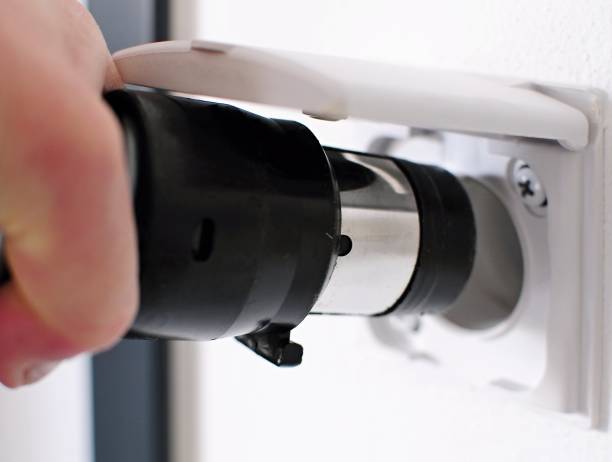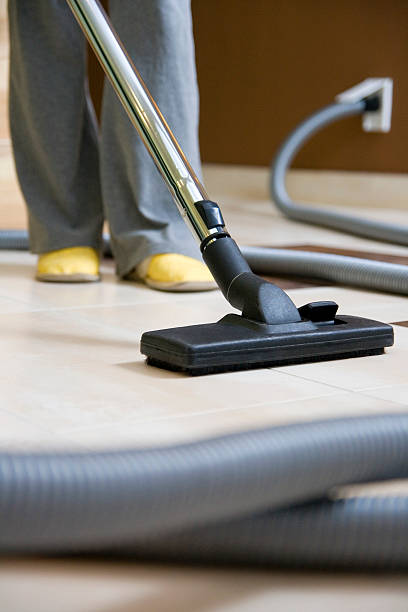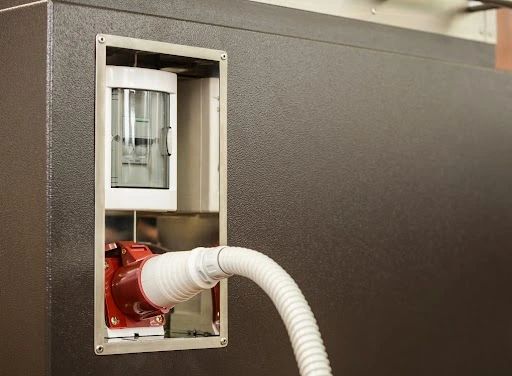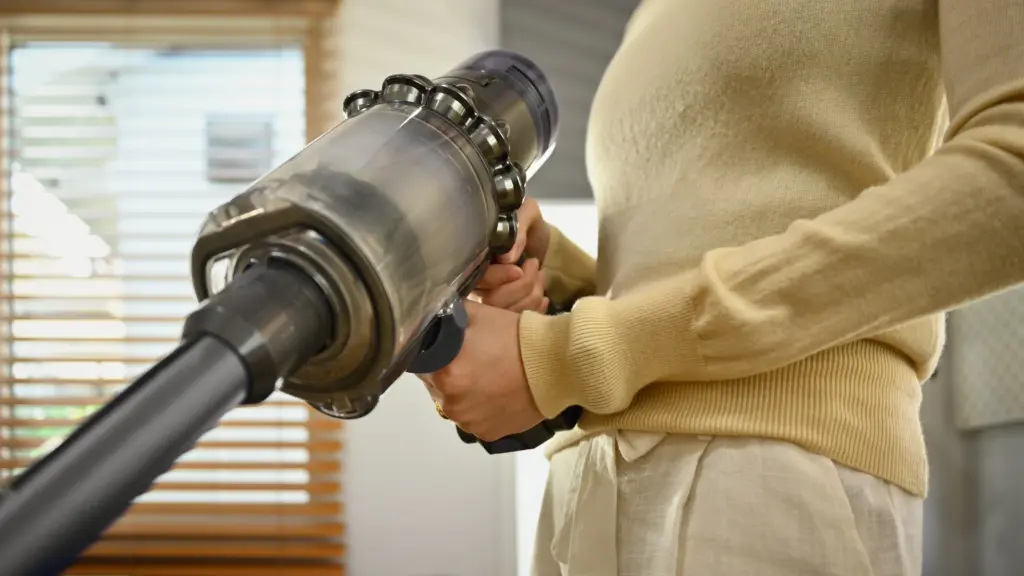Ventricles vacuum is very convenient and powerful as compared to traditional portable vacuums. However, like any other cleaning system, it can cause issues sometimes, and the most common issue is a clog that stops it from functioning properly. But don’t worry! So Cal Central Vacuum is here to help you fix a clogged central vacuum. It can easily be fixed without replacing the entire system if you follow a systematic approach. In this article, we will explain the step-by-step process to fix a clogged central vacuum so that you can enjoy hassle-free cleaning every time.
Step-by-Step Guide: How to Fix a Clogged Central Vacuum
Most of the time central vacuum system can become clogged. Usually, this happens in the pipes, vacuum head, or a hose.

In this guide, we will walk you through the whole process to locate and fix a clog in your central vacuum system to keep your system running smoothly.
- Check the Hose
The vacuum hose is the most common place for clogs to occur. Hair, crumbs, or small toys can get stuck inside. To check whether the hose is clogged or not, you can:
- Disconnect the hose and drop a small object like a marble through it. If it does not pass through, it means the hose is clogged
- You can clean he hose by using a long flexible brush and a plumbing snake to push out all the debris.
- Another method is, reverse the hose and connect it to an inlet, then use the section to push the clog out from the other end.
- Check the Inlet Valve
Sometimes, clogs also form in the inlet opening where large debris can get stuck. To fix this, open each wall inlet and shine a flashlight inside to see clearly. Then remove the visible blockages with your fingers or a needle. You can also use a shop vacuum to suck out any remaining debris.
- Inspect the PVC Piping
The PVC piping inside your walls and floors can also become clogged, specifically at elbows or bends. To resolve this issue, use a plumber’s snake to reach into the pipes. You can also attach a shop vacuum to the inlet to create a strong suction. It will blow the compressed air through the line to dislodge blockages. Most of the professionals use a special suction ball that travels through the pipe system and pushes the clogs towards the main unit.
- Empty the Dirt Bag
Sometimes the reason for the improper functioning of the central vacuum can simply be an overfilled dirt container. So, remove the central unit’s bag and clean the filters thoroughly. Make sure to reattach everything properly and securely before testing the system again.
An Overview Of Some Clog Locations And Their Fixes
Let’s have a look at a quick overview of some common clog locations and their fixes.

| Problem Area | Likely Cause | Quick Fix |
| Hose | Hair, dust, or small toys | Snake it, reverse suction, or flush with compressed air. |
| Wall Inlet | Blockage at the entry point | Remove debris manually or with a shop vacuum. |
| Piping | Build-up of dirt/debris | Use a suction ball, a plumber’s snake, or compressed air. |
| Dirt Filter | Overfilled or clogged filter | Empty the bag, clean filters, and reassemble them properly. |
| Exhaust Vent | Blocked airflow | Clear the external vent to ensure proper air circulation. |
Preventing Future Clogs in Your Central Vacuum
Just fixing a clog is not the main task; the real key is preventing them from future clogs. Below are some preventive tips that you should follow to keep your central vacuum running smoothly.
- Avoid vacuuming large objects like small toys, coins, or building materials.
- Use a mesh guard on the inlets to prevent large debris from entering.
- Empty the dirt canister regularly before it reaches capacity and causes trouble.
- Schedule regular professional maintenance to ensure your system runs smoothly year-round.
- Educate all of your family members on how to vacuum and what should and should not be vacuumed.
Conclusion
Like any cleaning system central vacuum can also face challenges like clogs. But with a systematic approach like starting from the hose, then the inlets, and finally the piping, you can often clear the blockage yourself. By following these steps, you can enjoy the full power and convenience of your central vacuum without unnecessary downtime or stress. This way, you can keep your system running efficiently.
FAQs
Why has my central vacuum lost suction?
Your central vacuum system may lose suction due to clogged hoses, blocked filters, or damaged motor fan blades.
How often should I clean or empty my central vacuum canister?
Most manufacturers recommend emptying it every 3–6 months, but it depends on the system size and usage.
What causes most central vacuum clogs?
The most common causes of central vacuum clogs are large debris, hair buildup, and blockages at pipe elbows or hose ends.



